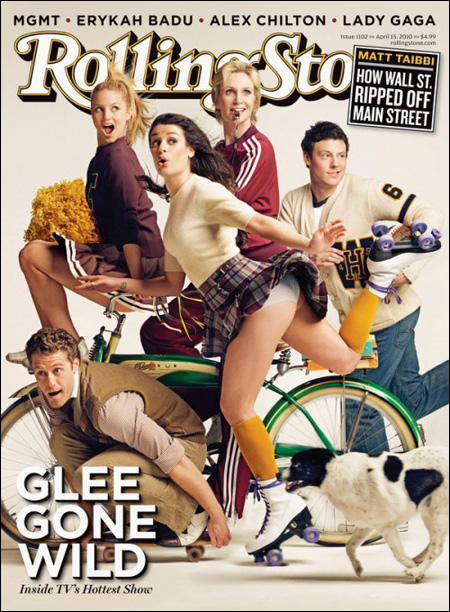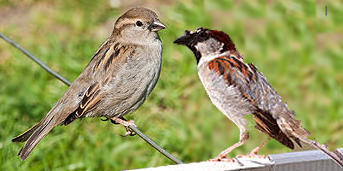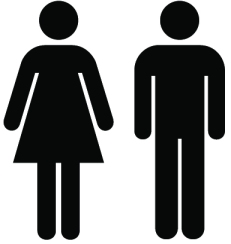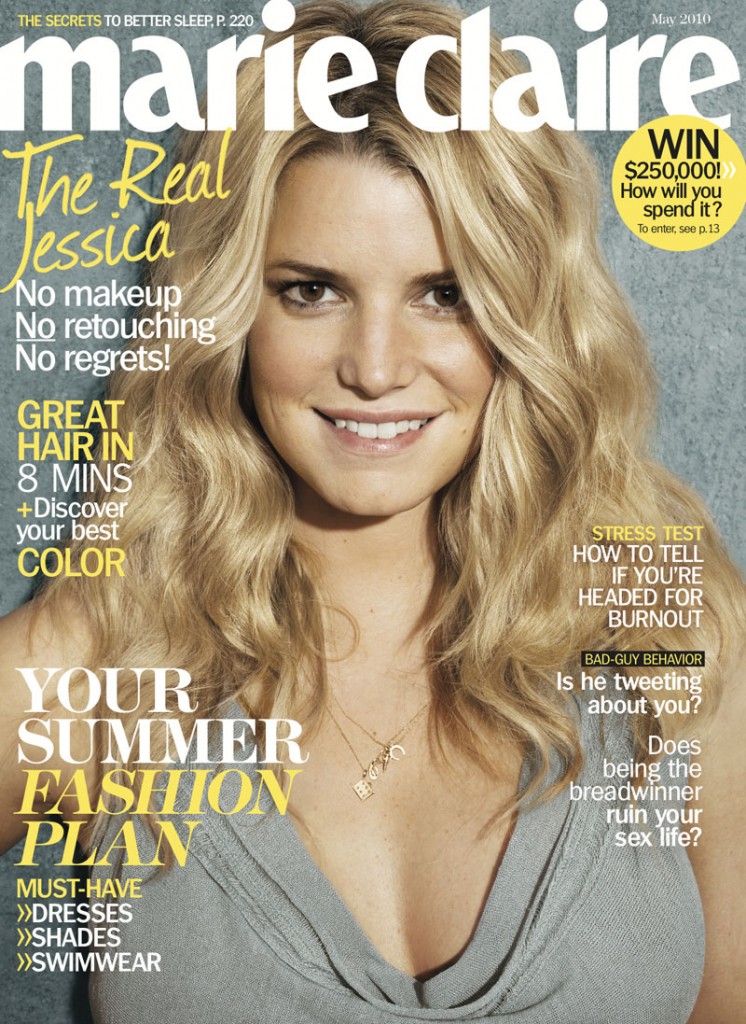Or, as Angry Asian Man noticed, the white cast of Glee.
I get it, these are the show’s main characters. It’s just a obvious reminder that it’s awesome to see such great diversity on Glee… but never forget who the show’s real stars are supposed to be, and who usually gets relegated to the periphery.
With panties, of course. Because without panties, there would be nothing at all going on on this cover. Booooriiiiiiing.
Lisa Wade, PhD is an Associate Professor at Tulane University. She is the author of American Hookup, a book about college sexual culture; a textbook about gender; and a forthcoming introductory text: Terrible Magnificent Sociology. You can follow her on Twitter and Instagram.



















